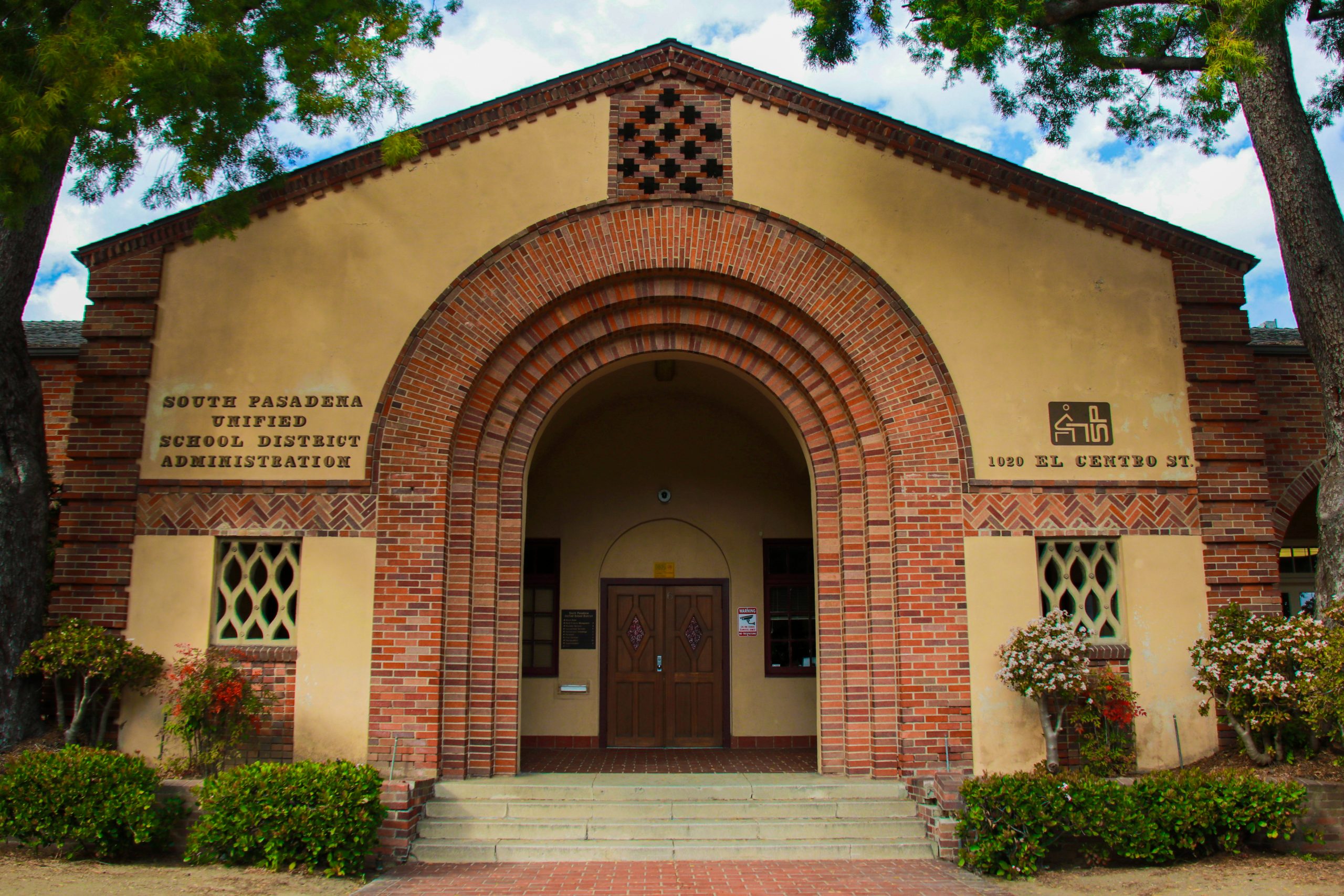Story by Charlie Betts
Staff Writer
Photo by Oscar Walsh
Staff Photographer
The Teachers Association of South Pasadena (TASP) voiced concern about the proposed SPUSD instructional models for the upcoming school year and have called for an emergency SPUSD school board meeting to address the problems.
In June, teachers were given a variety of instructional models to choose from and opportunities to give the district feedback and changes. However, these discussed designs were quickly scrapped after the state required districts to prioritize maximum live-streaming interaction and teachers were given two new versions to select from, varying only between the pattern of even and odd days.
The school board passed one of these models four days after teachers were informed that their frameworks would not be considered. Teachers felt that the district moved forward without them in adopting an instructional plan and did not properly include all community stakeholders in the discussion.
“While it is true that the district consulted teachers (on models they have now abandoned), to say that this feedback was incorporated into the current model is such an egregious misrepresentation of reality it makes the claim untrue,” SPHS science teacher Elizabeth Pierson said. “The current model falsely assumes what works well in-person works well online and is more focused on providing normalcy through minutes rather than creatively meeting what students need in our current reality.”
101 out of 102 SPMS and SPHS teachers have indicated they want a dedicated day, most likely Fridays, solely for asynchronous learning, student check-ins, ASB activities, and teacher development. Proponents also want a reduction in the length of each live-streamed period from 80 minutes to about 50 to 60 minutes in an effort to limit student screen time.
While acknowledging the advantages of synchronous learning, some teachers have emphasized the drawbacks instructors would face with the adopted hybrid instructional model. Teachers would have to simultaneously split their attention between a classroom consisting of both live-streaming students and an in-person cohort.
“The live-stream portion of the hybrid schedule would be incredibly difficult to execute. How would I be able to deliver a lesson to the in-class cohort, while monitoring two-thirds of a class remotely and delivering it to them as well?” SPHS history teacher Analee Pearson said. “I do not see that as being an effective teaching strategy or even possible. My attention would be split and therefore unable to fully engage any one audience.”
The school board responded to TASP’s concerns by stating that the district did in fact incorporate the feedback of SPUSD staff into their instructional model. Administrators referenced their implementation of the AM/PM hybrid model for elementary schools — which TASP itself recommended — as proof of cooperation and inclusion.
“The primary concern brought to us by the Teachers Association of South Pasadena (TASP) is that teachers have not had a voice nor contributed to the development of next year’s (2020-2021) instructional models. That is simply not true,” school board president Dr. Michele Kipke said. “Our District and site administrators have been meeting with teachers for months to solicit their thoughts, suggestions, and input.”
Educators also raised questions regarding the balance of asynchronous and live instruction while in distance learning. The teachers’ final opinions on the matter are unclear but some have highlighted problems with live online instruction including the increased difficulty in grading worksheets and monitoring test taking. However, the alternative to live streaming is pre-recorded videos or worksheets, which some students fear would lead to ineffective teaching.
“I took honors chemistry over the summer and I can say with certainty that I was able to learn the content and understand the concepts most effectively when Mr. Ku was teaching us over Zoom,” sophomore William Guy said. “I think that live instruction is much more beneficial than asynchronous methods as it allows students to ask instructors questions directly during lessons and is significantly more engaging.”
Many parents echoed that synchronous learning would be most beneficial for students.
“As a science teacher, educator, and a South Pasadena parent, I believe learning is a social interaction,” Fred Freking said. “It is critical for students to engage with their teachers and their peers around rigorous, meaningful content… synchronous sessions with teachers and students in the same online space should take place at least fifty percent of the time.”
Parents, teachers and students have joined in a letter writing campaign organized by TASP to call for an emergency board meeting regarding the proposed instructional models. Dr. Kipke acknowledged the community avocacy for another public forum and said that the Board is open to having one.
The District and TASP representatives met on Tuesday, Aug. 4 to review a revised instructional plan and the next scheduled school board meeting is Tuesday, Aug. 11.



